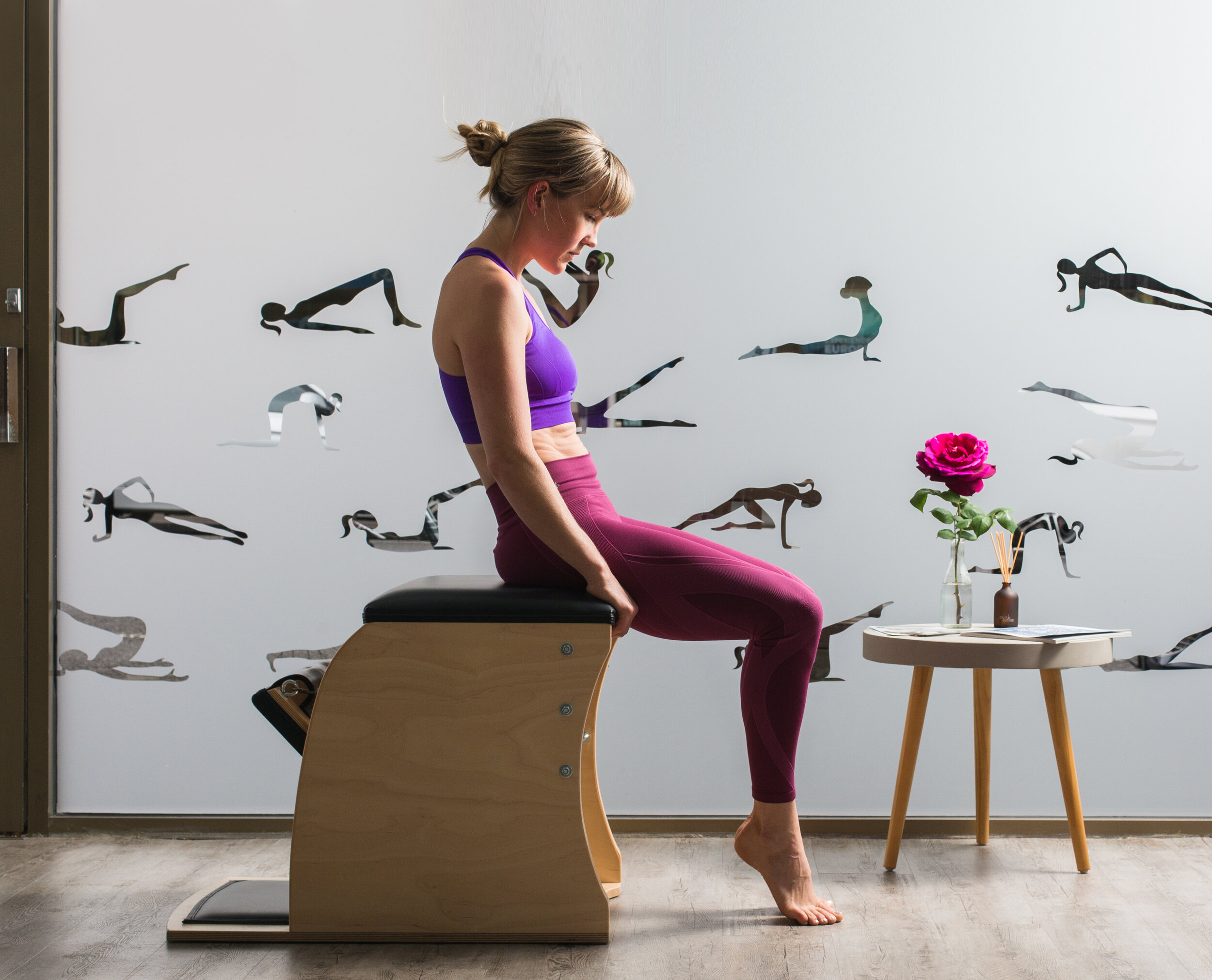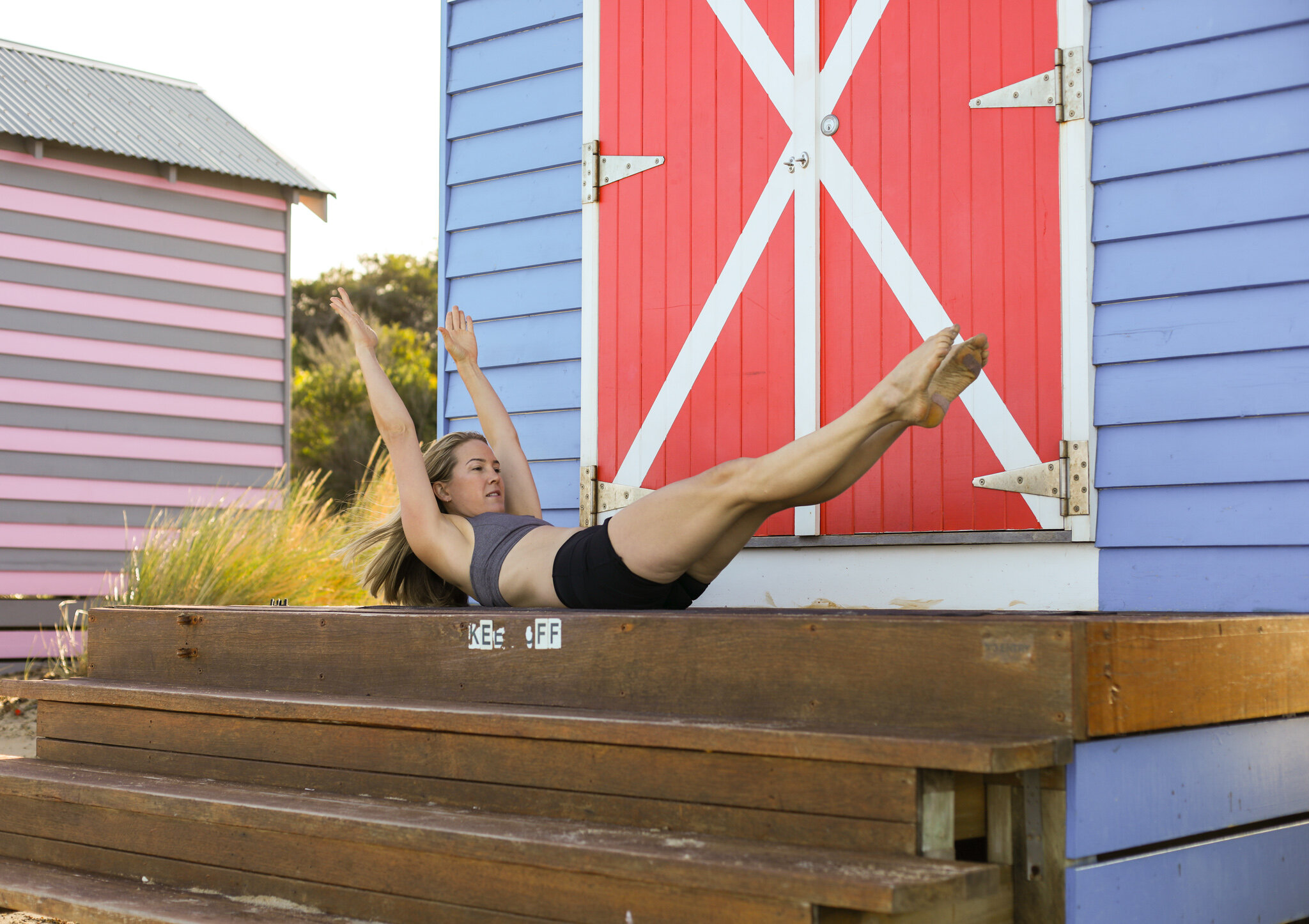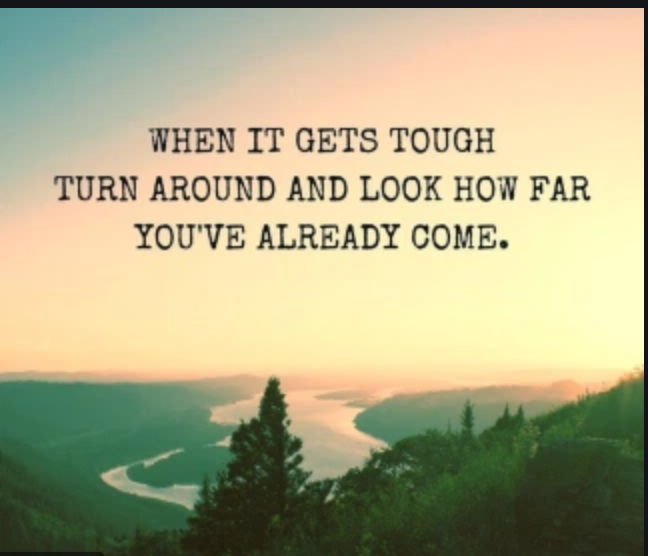Pilates is a vast beast.
Some people have been doing it for years and have only experienced one of the 20 reformers that they get to lie down on at their local KX. Some people have been doing Mat Pilates for ever and yet still haven’t heard of Reformers, Cadillacs and Electric Chairs and take one look at them and think ‘oh my goodness, what is this sex slavery dungeon I have just walked into’?
50 Shades of Grey much?
Both Mat and equipment Pilates can be equally challenging, yet equally restorative and they both provide a whole-body workout. They can both help you work on poor muscle patterns, improve posture, reduce pain points and the potential for injury.
Sometimes, some people, need a little extra guidance on the Mat work. Guidance in this instance could mean a few things…. such as, support, reducing challenge, increasing challenge, awareness of the body in space or creativity to keep things fresh.
The Pilates chiball (or overball). But am I working hard or hardly working?
This guidance comes in many forms and we call them props, Pilates props.
Here is a list of a just some that I include in my sessions:
-pillow
-broomstick
-fitball/swissball
-foam roller
-chiball/overball
-theraband
-handweights
-spinecorrector
-toecorrector
-tennisballs
-towels
-the wall
-spikeyballs
…and…
-the kitchen bench (for reals! it feels so good, you can check it out here)
The biggest consideration when deciding what and how to use a prop is… what does the body in front of me need? What can I see in this body that is speaking to me and what does the client tell me they feel like that day/week… Tight? Tired? Overworked? Stressed? Creaky? Stiff? Excitable? Pumped? Sore? In pain? If they are more up beat, then perhaps a challenge is calling there name today, if not, then perhaps the class might need to be more modified and restorative. This is all just information gathering for what prop will illicit the best response in their body.
Next question, am I trying to mimic an exercise from the studio (ie, does the exercise come from the equipment) or is the thing I want them to do an exercise that is unrelated to mimicking anything from the equipment. Sometimes there is a time and place for both.
Here’s an example: Client A wants to walk further and faster without hip pain? They go walking with a social group on the weekend and have lattes and chats afterwards. So it’s not only important that they can rely on their body to get them through this without stopping and without pain, but it’s also important for a sense of connection and mental wellbeing that they get after this experience with friends on the weekend. Although they don’t mention it, I can see that their desk job is giving them a slightly stooped posture with their shoulders rolling in and down. This is not bothering the client as much as the hip right now, but over time poor muscle patterning will bring about uncomfortable ramifications in the form of tight muscles, painful joints, potential for injury.
In Pilates we never work the body in seperate parts or in isolation from other parts. Sure you might be lifting one leg up and down a bunch of times, but what are your shoulders doing, what about your toes and fingers? It may seem random to mention your finger in a leg lift, but that finger is connected to your arm and your arm is connected to your shoulder and your shoulder is connected to the powerhouse (your centre in Pilates). And now all of a sudden it’s more obvious how that stooped desk posture that is rolling your shoulders in, is impacting what we’re trying to do with the rest of the body.
Most clients will say they love staring the class this way!
I might start with the foam roller. There are some great shoulder and upper back release exercises that can be done on the foam roller. Let’s try and minimise the impact those tight shoulders and upper back has on the rest of the body, for the rest of the session. Likely this person will need a thin pillow under their head to alleviate the impact those tight shoulders has on the neck strain and upper back.
Next, let’s get into the Mat work, traditionally it starts with the exercise called The 100’s, which is about warming up the whole body. It’s also about finding and connecting to the centre before introducing other limb work or more challenging shapes from the spine later on in class. Once we know where and how to work from the centre, we can carry that with us throughout the rest of the session. But if client A is not ready for such a challenging start, such as The 100’s, there are plenty of other abdominal variations to explore.
See how my head is now stacked over my shoulders, this bring the work into the abs without the neck straining.
I particularly love the chi-ball/overball under the spine to leverage clients chest and head up over their breastbone when doing abdominal work. It really takes the whole straining neck thing out of the equation. And man is it a burner on the abs!
I usually stick more or less to the first 7 exercises of the classical Mat work repertoire, sometimes with props, sometimes without, again it depends on the client and their needs. But those first 7 exercises are a great base to build off. Mastering the basics will always set you up for success.
Because client A is a keen walker, we need to work on their leg /hip/glute strength. When we walk, we need power from our legs to propel forward. So one option is to practice the traditional Leg Spring exercises that usually happens on the Cadillac in a studio with springs attached to the upright poles. However, at home, with props, I use the theraband attached to a door stopper at one end and loops attached at the other end.
Hey presto… Cadillac at home!
We might finish off at The Wall for a series of hip release exercises/stretches, to give them more space in the hip joint and more length in the surrounding muscles. The client should enjoy this ending, as the wall gives them a surface to push against and it will help the client feel the immediacy of the release in their tight/painful hip, it’s a great way to end the session and give them something juicy they can remember!
I might be biased, but Mat work is the best work. I mean Joseph Pilates invented the Mat repertoire first, these were the exercises that serve as the foundation for his entire method. Yes the apparatus/equipment and accompanying exercises have a place in the system… of course! But when it comes down to it, the equipment serves as stepping stones, with the ultimate goal of getting the body ready for the Mat exercises. Romana Kryzanowska (one of Joseph Pilates original students) said in an interview with Washington Post in 2003 “The apparatus are good, but the mat work is everything. If you can do the mat work perfectly, you don't need the apparatus. But people love toys.”
The props’ ultimate goal is to get you to an unassisted Mat work (no props) one day. It’s a difficult thing to throw your body weight around in space- especially with control and precision and grace. So until that day, use the prop! And if nothing else, it’s fun!
I’ve built a business out of the Pilates Mat work and props. Recently, this is what one client had to say about the use of a prop in my virtual group Mat class:
“Loved this class Kirsti especially as my back has been sore. The use of the prop, particularly assisting roll up, meant I could access a lot of the moves I couldn’t the week before (due to pain and the accompanying “weakness” of core muscles that go with that)”.
I’ll also be using props throughout my upcoming Embrace the Change program. It starts on the 15th February and runs for 5 weeks. This Pilates and Nutrition program will help women dealing with the physical, mental and emotional change that menopause brings.
Whether you are at the beginning of this hormonal shift or right in the thick of it, the program aims to give you strategies to manage your aches and pains, your weight and your energy levels + sleep. For more information about this program go here.




















